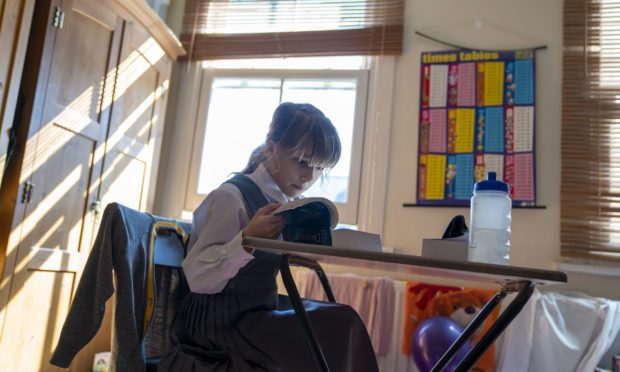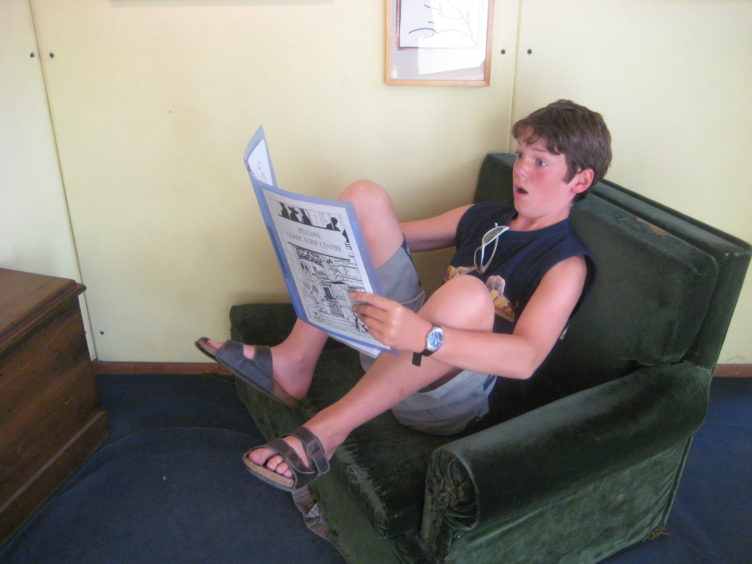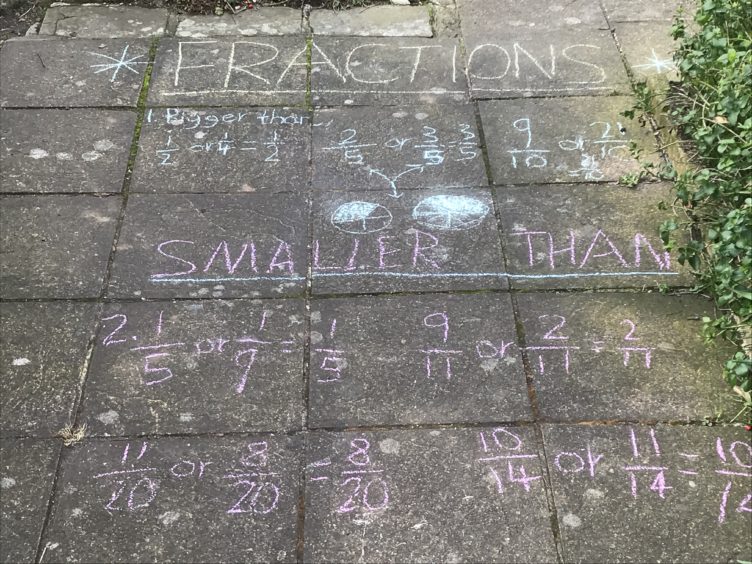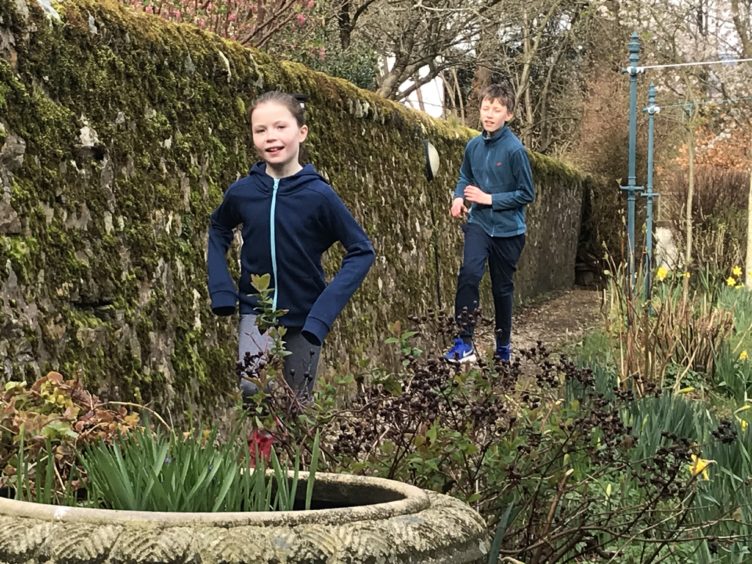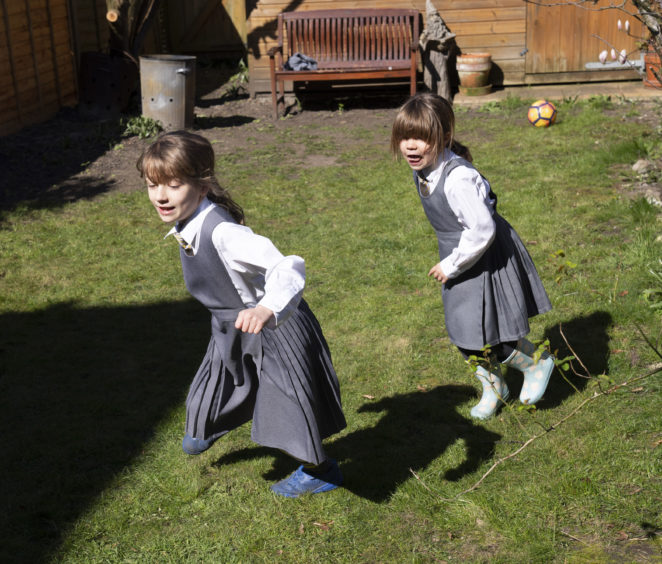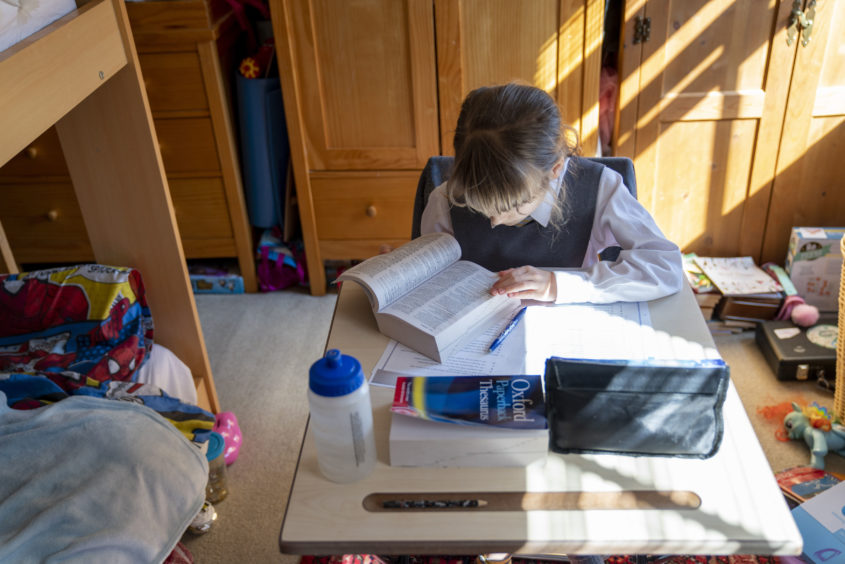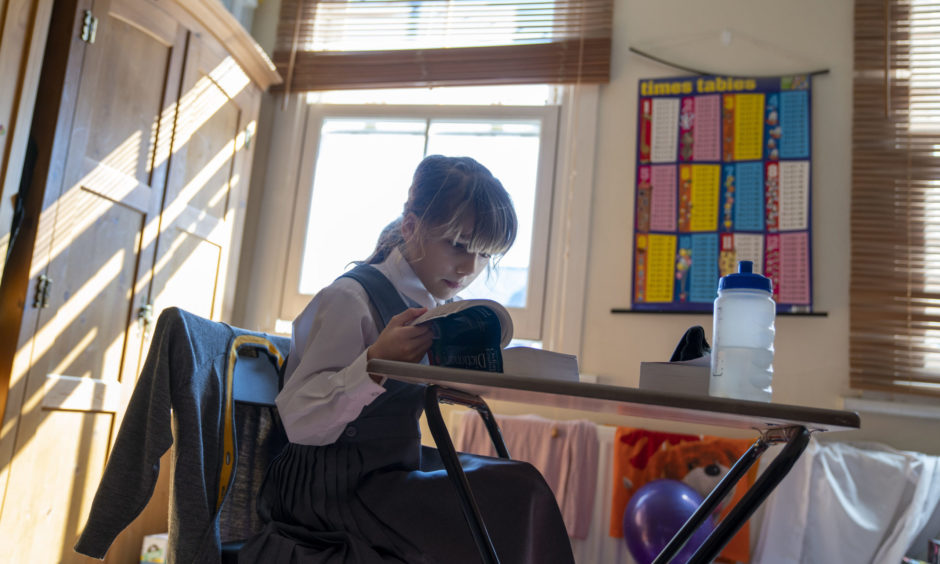As the coronavirus crisis changes life in Britain, Michael Alexander looks at the pros and cons of home schooling and hears tips on home education from several Courier Country teachers.
When the coronavirus outbreak forced the government to close UK schools for the foreseeable future on Friday, it brought into sharp focus a new reality for millions of parents who now have to balance working from home with looking after their children’s education.
But home schooling was already a reality for around 6000 children in Scotland. So what advice would past pupils of the school of mum and dad give? And what about tips from Courier Country teachers on how to navigate the metaphorical chalk face?
Twenty-three-year-old Fife-raised journalist Ciaran Sneddon was home schooled all through his childhood – never spending a single day at primary or secondary school.
The university graduate, who worked for a spell at The Courier and now works as a writer for a current affairs magazine in London, said there was “no set reason” his parents took the decision to home school other than his sister “hadn’t entirely warmed to her experience at school” – and when they tried teaching themselves they enjoyed it.
“For the most part, my education was provided by mum and dad, supplemented in certain subjects through night classes at what is now Fife College,” said Ciaran, who grew up in the Fife hamlet of Milton of Balgonie.
“My sister and I were also part of home ed groups, which brought us together with other families from across Fife and beyond.
“In terms of positives, I am still benefiting from the independence and free spirited nature of being home schooled.
“My parents used all sorts of approaches during my education. Some of their styles closely mimicked the school curriculum, others stretched a little further from convention.
“I think the most successful of these approaches was when we were set a list of tasks for the week, and once we had finished all of these, we were free to use our time as we pleased.”
Ciaran said this definitely helped improved his self-motivation. He was also able to focus on subjects that he was genuinely passionate about, which was an advantage over his school-going peers.
Ciaran said he’d always had a passion for writing and knew he wanted to be a writer from a young age. With that in mind, he felt exams and other formal qualifications weren’t as important as they might have been if he had wanted to pursue medicine or law.
But to any parents who are taking on a home schooling role now, he’d say: “Don’t worry too much about being a ‘teacher’.
“Instead, be a guide. You don’t have to know everything about the subject your child is studying, just encourage them to find things out themselves. Or, if you have the time, learn something together.”
One Fife secondary school teacher currently providing electronic teaching materials for his pupils from home said the main tips he would give to parents include ensuring a regular routine of school work (packs provided by school/BBC TV/bitesize online) at the same time every day.
These don’t necessarily have to be the same topics but literacy and numeracy in the mornings and art/practical activities in the afternoons would be one approach.
The teacher said it was also important to ensure activities were varied, fun/interesting and personalised.
“This provides a real opportunity for interest-based learning not possible in a class of 30,” he said.
“If possible do outside work in the garden to promote health and wellbeing – exercise, yoga, cycling etc. There should also be reward time – which should be monitored time-wise – and bed times should be the same. It’s important to maintain discipline and have weekends.”
Another Fife secondary school teacher echoed these suggestions. He told The Courier all staff he knows are making use of the Glow system to keep in touch with pupils.
Challenges for teachers, however, included the setting of tasks via the internet, with no way to log effectively who is engaging.
“In terms of coursework the SQA has asked teachers to submit predictions based in evidence gathered throughout the year and using our professional judgement ie is a pupil engaging and improving since first prelim,” the teacher said.
“An additional challenge is the erratic communication within education – some schools getting advice much quicker.
“Staff in our school have been discussing and anticipating the need for ‘us’ to work through the Easter holidays in ‘hubs’ to allow key workers to get childcare.
“However this hasn’t been communicated clearly yet.
“The SQA have made a cryptic comment about their ‘approach to certification’. Consequently some pupils will be uncertain, even worried, about the need to finish the course content.
“This will be hampered without direct teacher engagement. If we are lucky SQA will listen to teacher predictions – maybe supported by the externally assessed coursework. But did all schools get this done by break up? So many uncertainties to be honest.”
Another local secondary school teacher told The Courier: “Stay calm. Nobody expects you to be a teacher and to explain Einstein’s theory of relativity to your kids.
“I think the most important thing is that we get through this crisis without any greater damage to our mental health.
“In my opinion a routine is the most vital strategy.
“We do some exercise in the morning (Joe Wick’s work out), then some school work, break, lunch, socialising time in the afternoon, one hour fresh air (luckily we have a garden.
“If your school or teacher is not providing any work or activity I would again use the internet, BBC bitesize or similar pages.
“If you don’t have any internet or don’t believe in it, give your kids a project to do, bake a cake, draw a picture, read a book and write about it…
“It doesn’t really matter what you do, as long as they do something structured.
“It’s a bit like First Aid – better to do something than nothing.
“Kids are great, they want to learn and they will learn by doing.
“And again, don’t worry about the content – as long as their brain stays active we can catch up with the missing topics at a later stage.
“In a nutshell: Stay calm and support your kids in what they do.”
TEN TIPS ON HOW ‘PARENT TEACHERS’ CAN SURVIVE
· Start early at the same time each day
· Get dressed properly like teacher and student
· Create spaces for different activities
· Structure your day like a school day
· Make a plan with your kids
· Turn off your phone
· Set aside breaks for TV, iPad, exercise
· Take exercise
· Finish at a set time, bedtime at a set time
· Don’t be tempted to hit the wine
